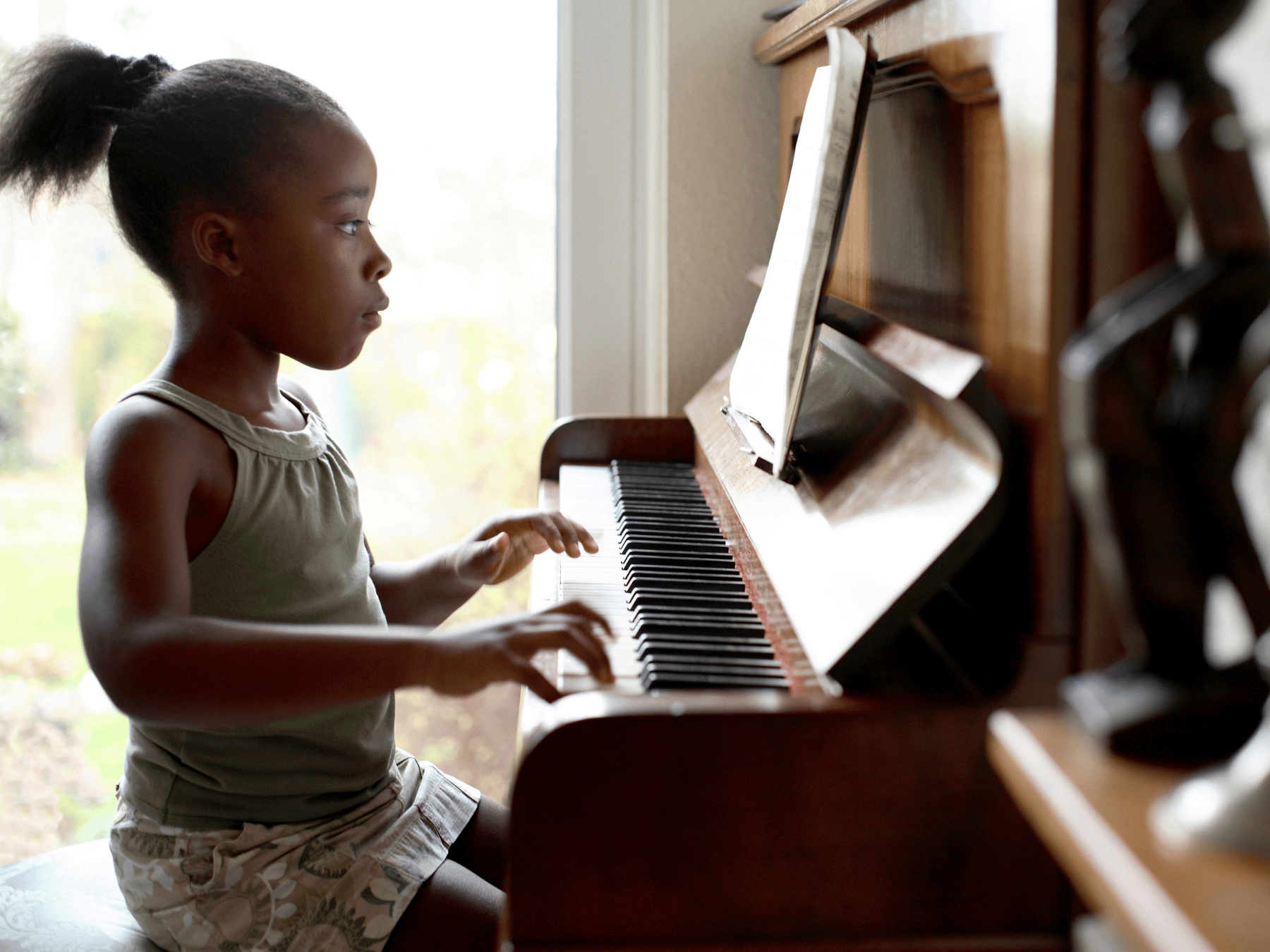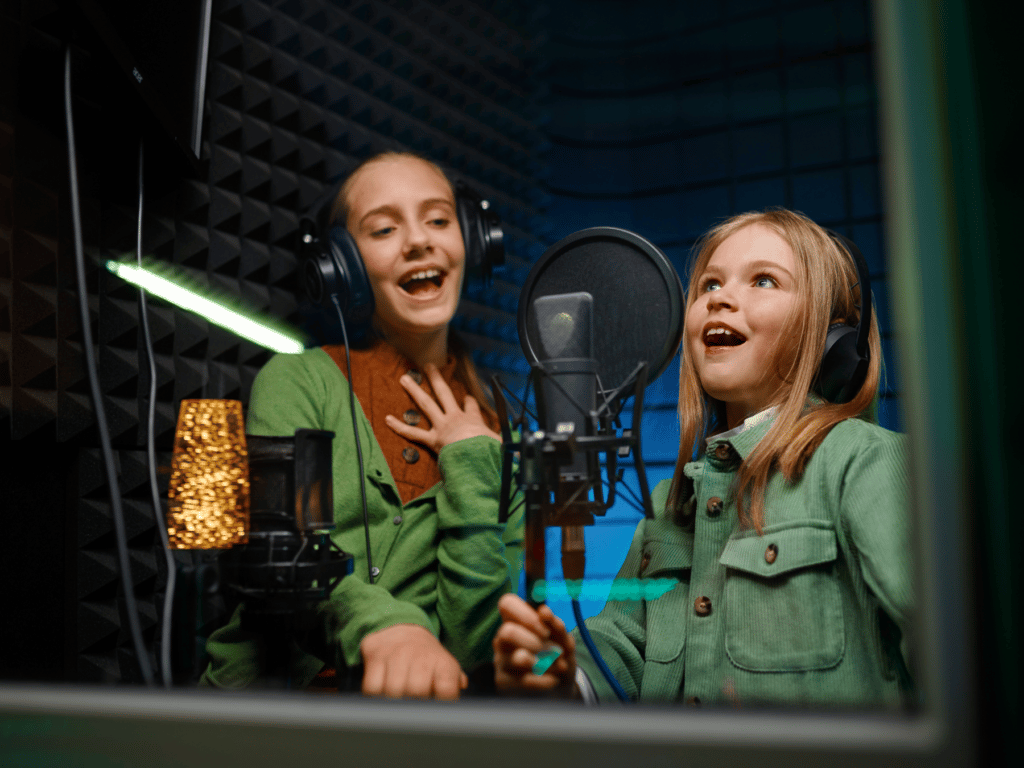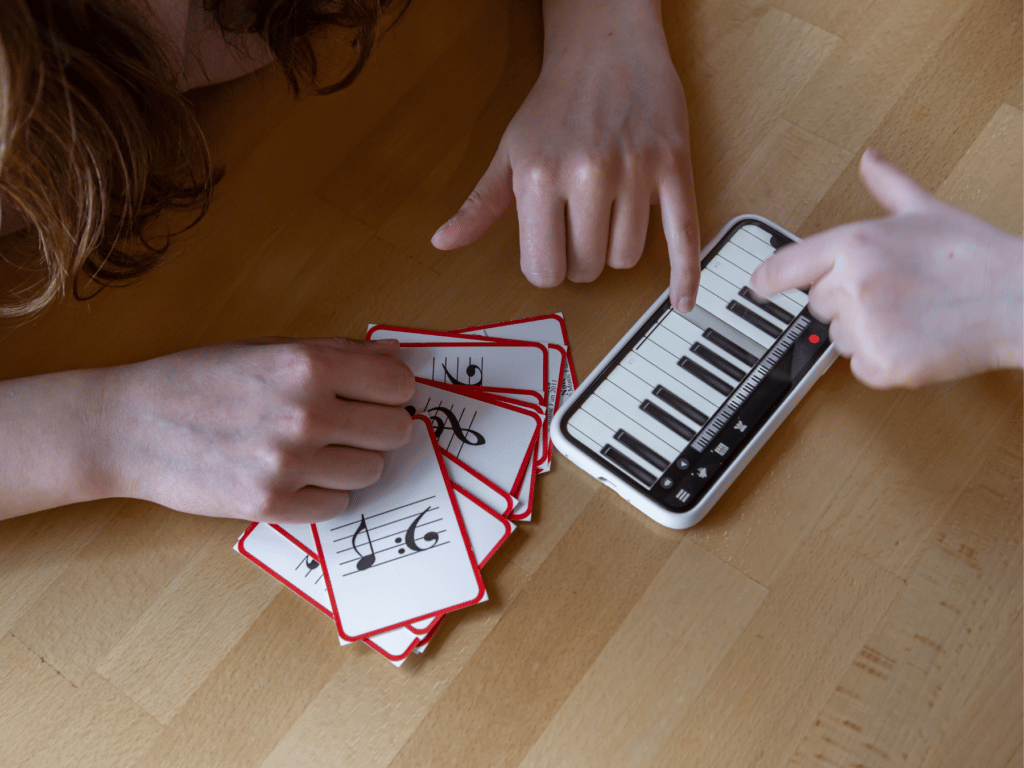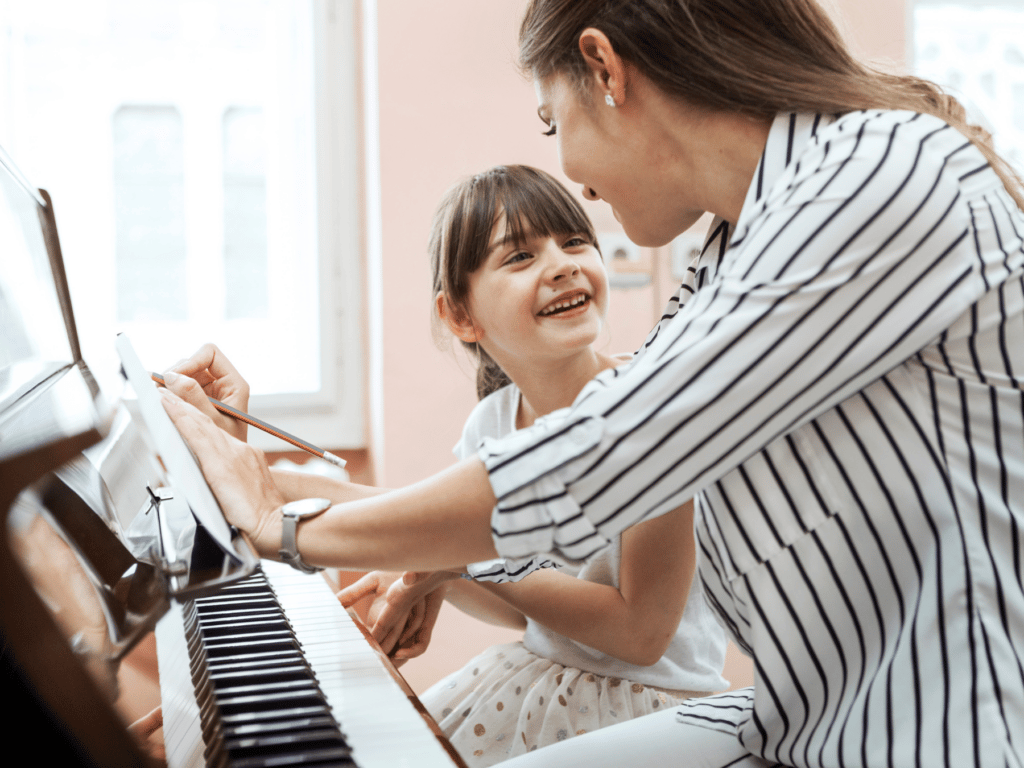Fostering Your Children’s Musical Creativity
By: WhisperRoom™
November 22, 2022


Seeing your child show an interest in music for the first time is an exciting part of being a parent. Oftentimes, children will get very involved with an instrument only to have their interest fade as they get older. But, dedicating some of their time and energy to learning and excelling in music has a wide variety of future benefits. As a parent, there are numerous steps you can take to foster your child’s interest from an early age and help them maintain a lifelong love for music.
One element of finding love for an instrument is through practice. Ideally, you’ll want to be sure your child can practice their music without interrupting anyone else in the process. If you’re constantly telling your child they’re being too loud, then they won’t want to keep up their practicing and make progress with their piece. Essentially, giving your child an acoustically optimized space where they feel comfortable exploring their own instrument will help them find a passion for music.
One way to create this type of space is by optimizing the acoustics of any given room in your house. This can be done through several different methods. First, you can renovate any extra room in your home by installing soundproof insulation into the walls and flooring. To add additional support, consider placing acoustic paneling strategically around the room in order to further the strength of your soundproofed space.
Alternatively, you can look into adding a studio-grade soundproof booth into your media room where your child practices. These are great for several reasons, the main one being that the booth will only take up a fraction of the room it’s in. Additionally, these soundproof booths have everything your child will need for playing instruments – such as cable passages, a remote switch, and ventilation for airflow – and teach them a more technical side of music.
Setting up an acoustically optimized space can be an expensive task, so it’s important to consider alternative funding options to help create the space that you desire. One option available if you own your home is through the use of a home equity loan. This can allow you to acquire funds in one lump sum, which you can pay back later over time. Not only will this allow you to make all the renovations you need, but it sets your children up for long-term success in music.

An important aspect of keeping your children engaged in music is through teaching them about it and sharing in their love of music. If you don’t have knowledge of music yourself, there are several resources you can use to teach your children some basics.

One way of teaching music is through music theory. Learning about this now will put your child ahead of the game and give them a basic understanding of how music works. If you do know music theory yourself, even if it’s just the basics, try to keep it as simple as possible when teaching your children.
A great way to help them learn is by using music they like as examples. If your child asks you to teach them how to play a song they’ve heard on the radio, you can use it as a learning moment and include some small snippets of music theory. For example, you can teach your child which chords are used in the song. This is also a great time to teach them about forming a triad, and even discuss key signatures as well.
If you’re unfamiliar with music theory, you can turn to some other resources to help your child learn. This can include encouraging your child to participate in band or any other extracurricular activities at their school where a professional can teach them. Here, they can learn in an environment full of other children who are starting at the same level as they are. Or, if your child wants to learn at home and at their own pace, you can look for a private tutor or utilize online resources to help them learn.
An important aspect of getting your child interested in music is collaboration. In many cases, children will naturally emulate things their parents do. Essentially, the way that you engage in music will rub off on your child as well.
If your child is very young, give them several chances to simply listen and watch you play an instrument you love. Naturally, they’ll also want to engage in the same or similar tasks as you are. This is also a great time to allow them to experiment with making sounds on their own, so consider having some kid-friendly instruments nearby for them to play.
One instrument that allows for true collaboration between you and your child is the piano. In fact, it’s recommended for kids to start learning music with the piano, as it allows for the simplicity of only using one hand to start out. However, if they don’t show interest in the piano, consider some other common and easier-to-learn instruments that can help them get started at their own pace. Even though a guitar is not the best instrument to start out with, it could be the one that sparks a lifelong interest in music. Either way, consider purchasing some child-friendly guitars, which are much smaller than normal ones and sit more naturally in kid-size hands. These guitars feature smaller bodies and necks, as well as softer nylon strings that are easier on more delicate fingers.
At the end of the day, there is no one way to guarantee your child will love playing music. However, if you follow a collaborative approach that positively reinforces your child’s musical ability, it’s likely that they’ll carry their interest in music for the long haul.
